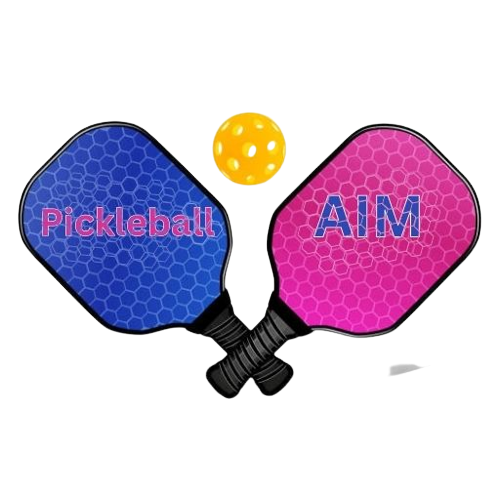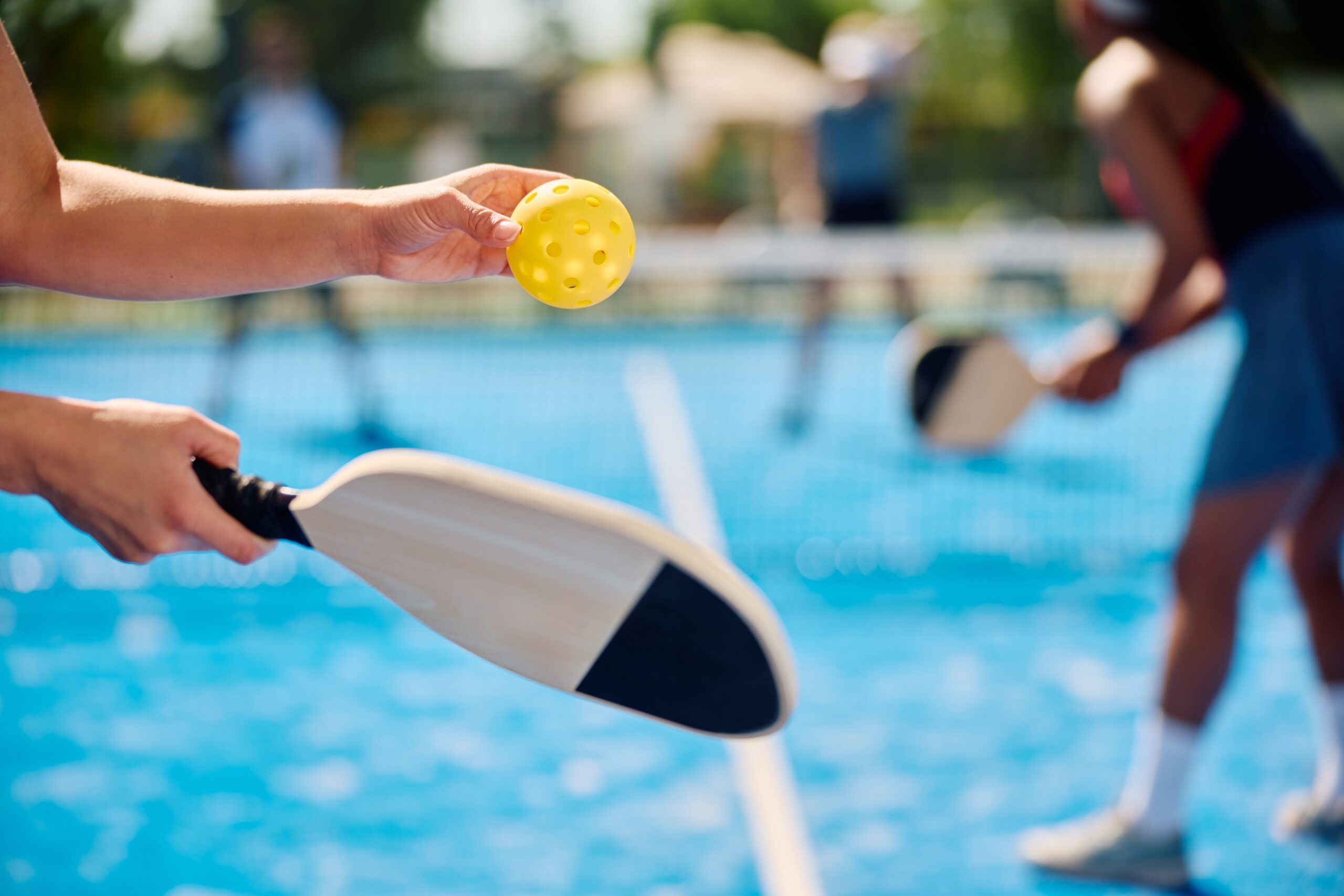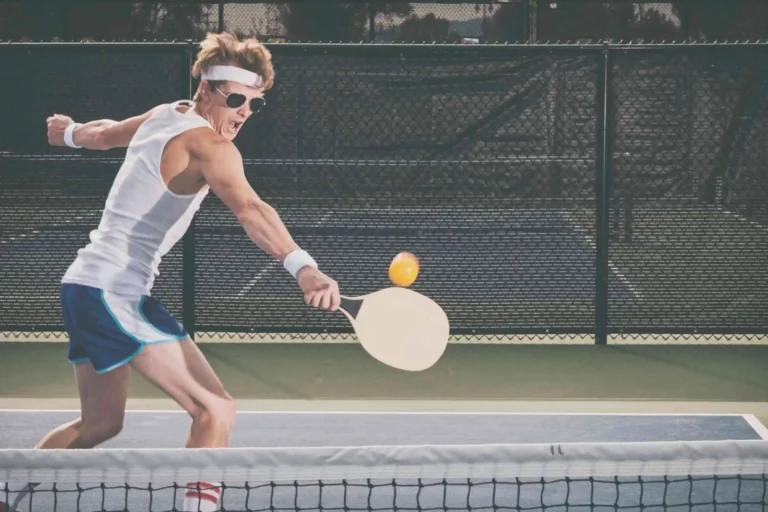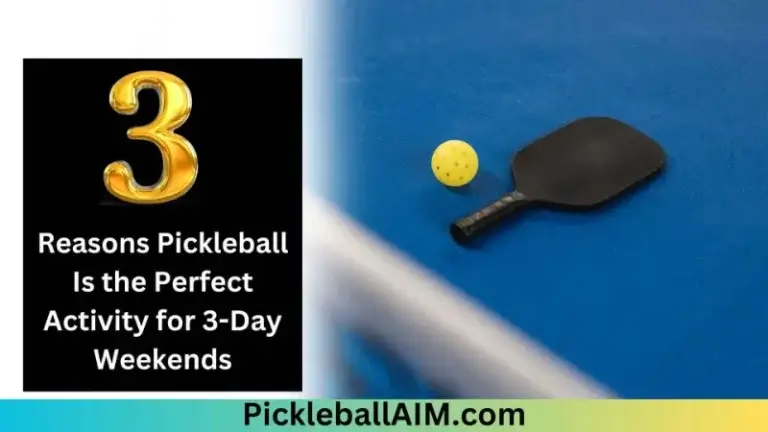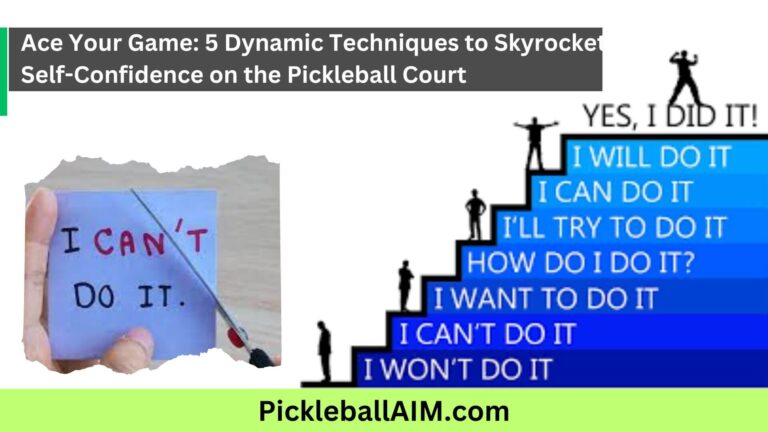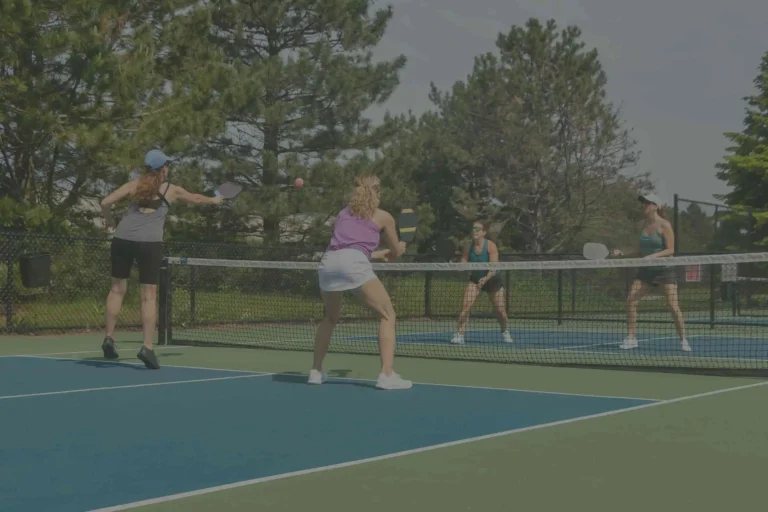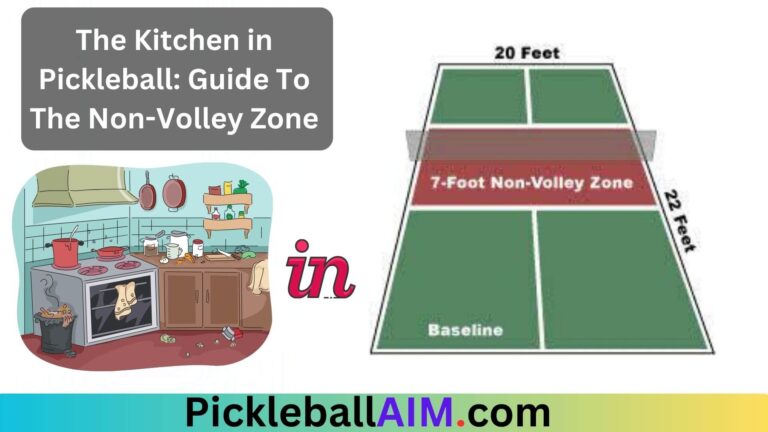Mastering the Serve in Pickleball: Techniques for a Powerful Start
Pickleball, a sport that blends elements of tennis, badminton, and ping-pong, has rapidly gained popularity due to its fun, social nature, and accessibility. One of the critical skills in pickleball is the serve. A well-executed serve can set the tone for the point, giving you an immediate advantage. In this post, we’ll delve into various techniques and strategies to help you master your serve, ensuring a powerful start to your game.
Understanding the Basics
Before we dive into the advanced techniques, it’s crucial to cover the basic rules and mechanics of a pickleball serve:
- Serve Mechanics: The serve in pickleball must be made underhand. The paddle must pass below your waist, and the ball must be hit below navel level. The serve is made diagonally across the court and must land within the opposite diagonal box.
- Service Sequence: Games start with a serve from the right-hand side of the court. Players alternate serving positions (from right to left) each time they win a point while serving.
Key Techniques for a Powerful Serve
- The Power Serve:
- Technique: Similar to a tennis flat serve, the power serve in pickleball involves hitting the ball with a flat paddle face at a high velocity. It requires excellent timing and a quick, fluid arm motion to generate power.
- Execution: Stand behind the baseline with your feet shoulder-width apart. Toss the ball slightly in front of you to ensure a forward motion into the serve. Swing your paddle in an upward arc and strike the ball at a high point to drive it deep into the opponent’s court.
- Benefits: If executed well, the power serve can force a weak return, setting you up for an easy second shot.
- The Spin Serve:
- Technique: Incorporating top-spin or side-spin on your serve can make the ball tricky to return. This serve is more about finesse and placement rather than power.
- Execution: For top-spin, snap your wrist during contact to brush over the top of the ball. For side-spin, hit the ball off the side of the paddle while twisting the wrist.
- Benefits: Spin serves are less predictable and can confuse your opponent, especially if you alternate spins during a match.
- The Soft Serve:
- Technique: The soft serve is all about placement and minimizing the ball’s speed, making it barely go over the net and drop quickly.
- Execution: Use a shorter swing and gently tap the ball, aiming for it to land near the service line in your opponent’s court.
- Benefits: This serve can catch opponents off guard, forcing them to rush forward and potentially leading to a poor return.
Advanced Serving Tips
- Vary Your Serves: Don’t stick to one type of serve throughout the match. Mix power, spin, and soft serves to keep your opponent guessing and off-balance.
- Practice Your Toss: Consistency in your ball toss is crucial for a reliable serve. Practice your toss to ensure it’s not too high, too low, or too far out in front.
- Positioning: Experiment with different positions along the baseline. Changing your angle can alter the serve’s trajectory, making it harder for your opponent to predict where the ball will land.
- Serve Deep: Especially with power serves, aiming for the deepest part of the court can push your opponent back, making their return serve more challenging.
Practice Drills
- Target Practice: Set up targets in different areas of the service box to practice accuracy. Try to hit each target with various serves to improve your precision and control.
- Consistency Drills: Serve continuously for a set number of minutes and count how many serves land in bounds. This drill helps improve muscle memory and consistency.
- Pressure Serving: Practice serving after sprinting to the baseline or doing jumping jacks to simulate match conditions. This helps you learn to stabilize and serve accurately under physical stress.
Common Mistakes to Avoid
- Overpowering the Serve: While powerful serves are advantageous, over-hitting can lead to frequent faults. Find a balance between power and control.
- Neglecting the Second Serve: Always be ready for the return, especially after a serve. Position yourself quickly and prepare for the next shot.
- Ignoring the Wind: Outdoor conditions can affect your serve. Be mindful of the wind direction and adjust your serve power and angle accordingly.
Mastering your serve in pickleball requires practice, patience, and a strategic mind. By understanding and implementing different serving techniques, you can start each point with confidence and control. Remember, the best players are always learning and adapting, so continue to refine your serve as you gain more experience. Whether you’re playing casually with friends or competing in tournaments, a well-honed serve is a formidable weapon in your pickleball arsenal.
